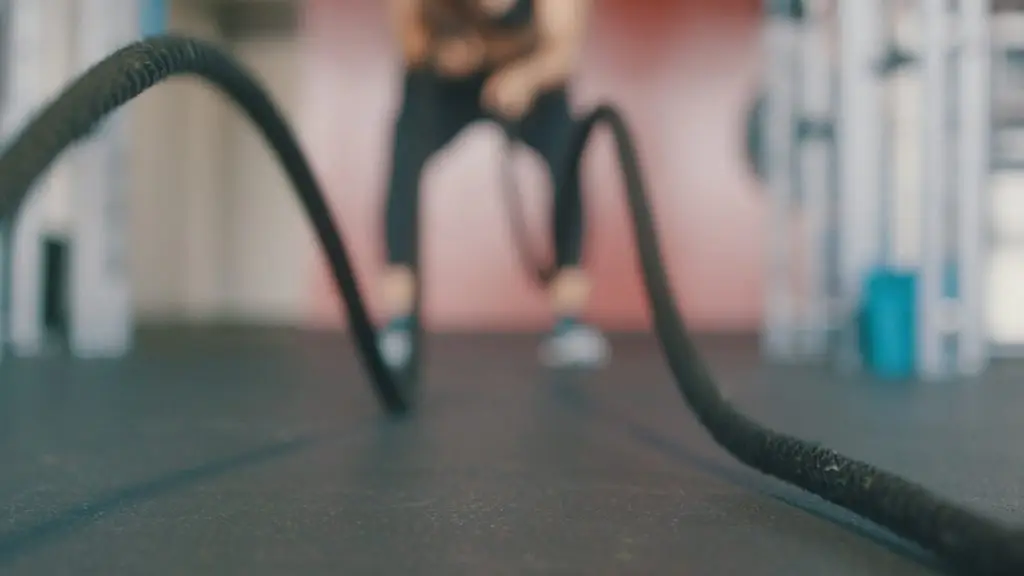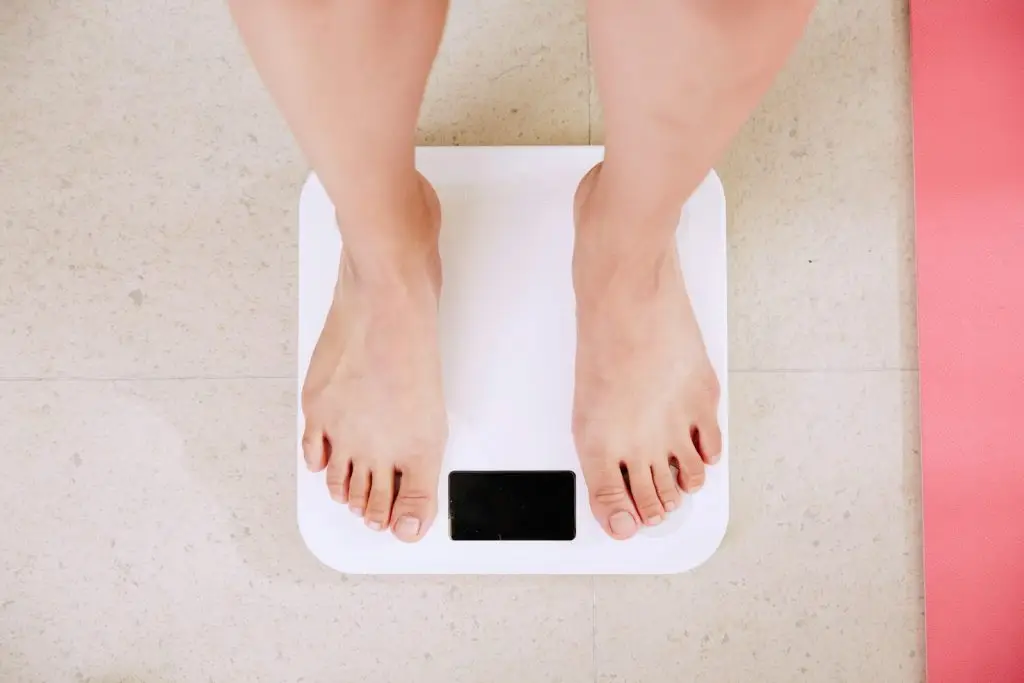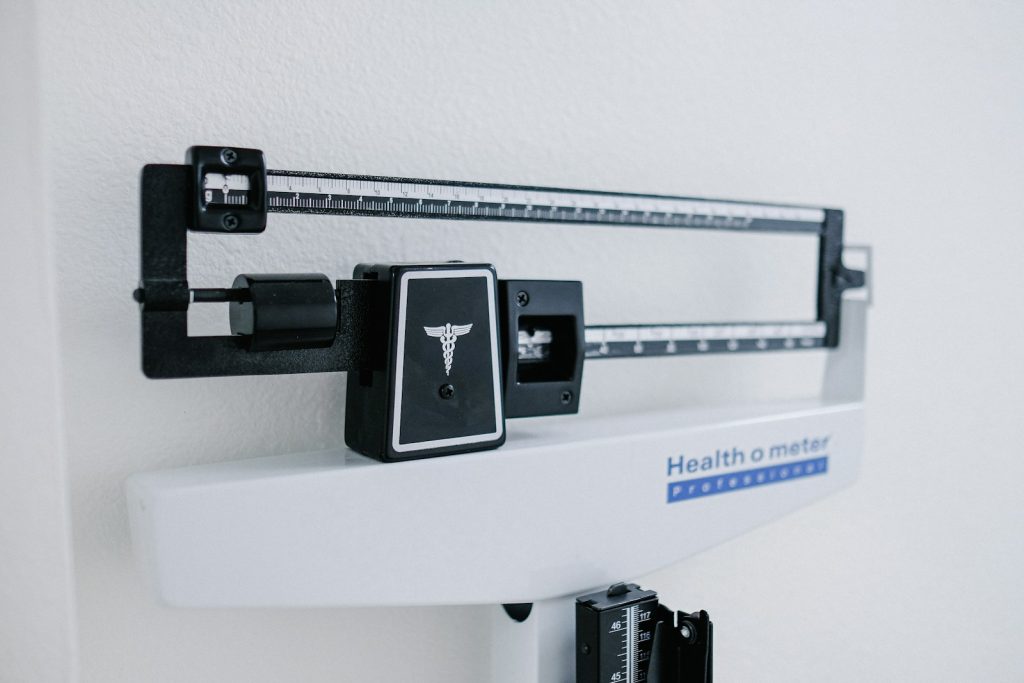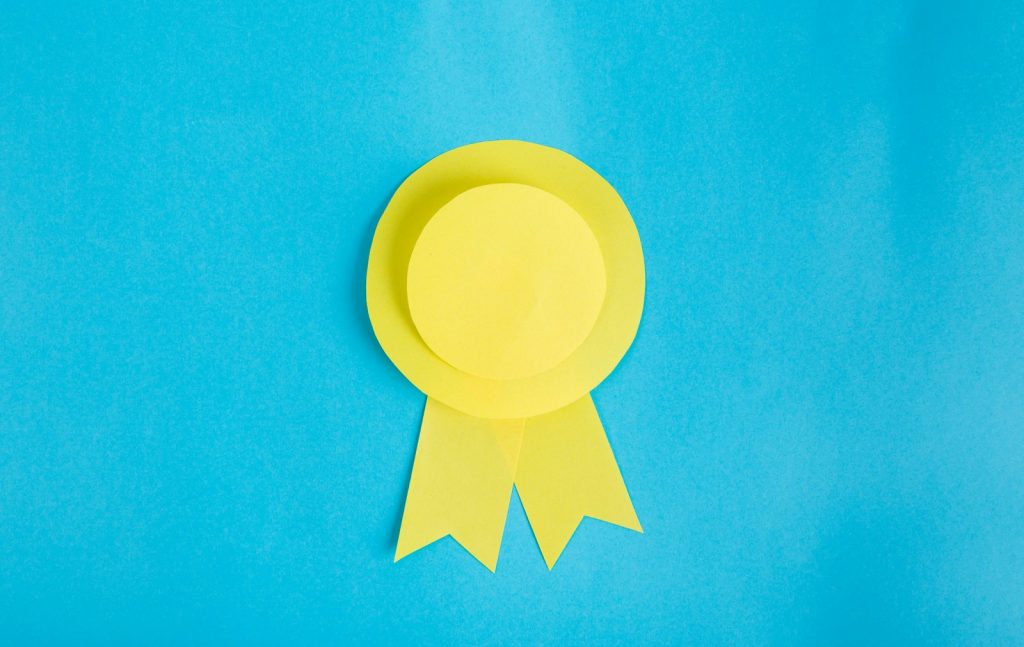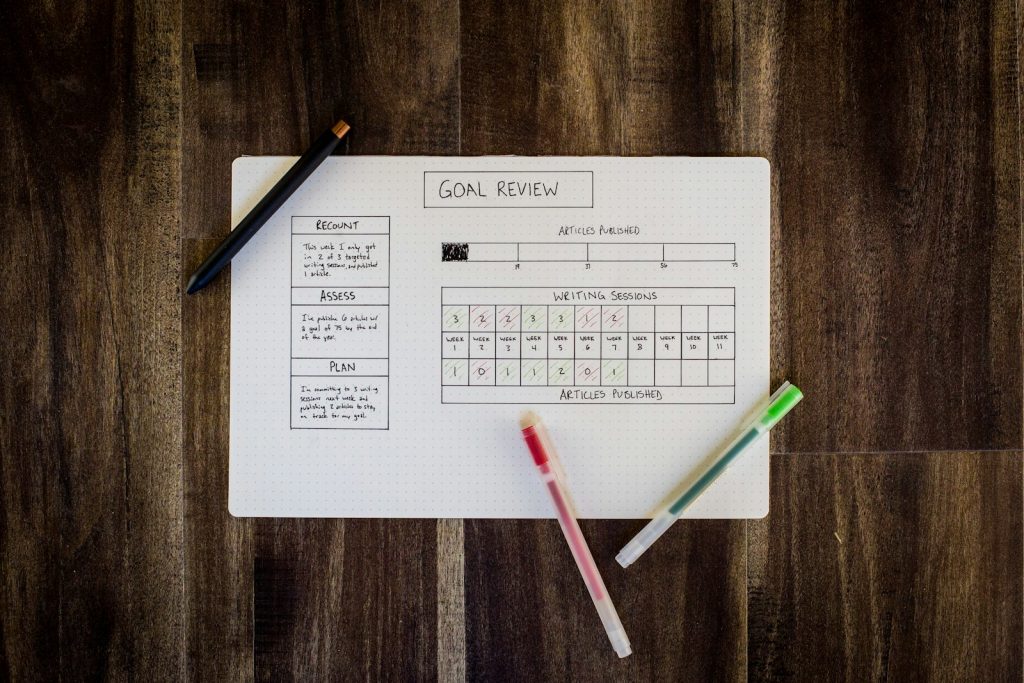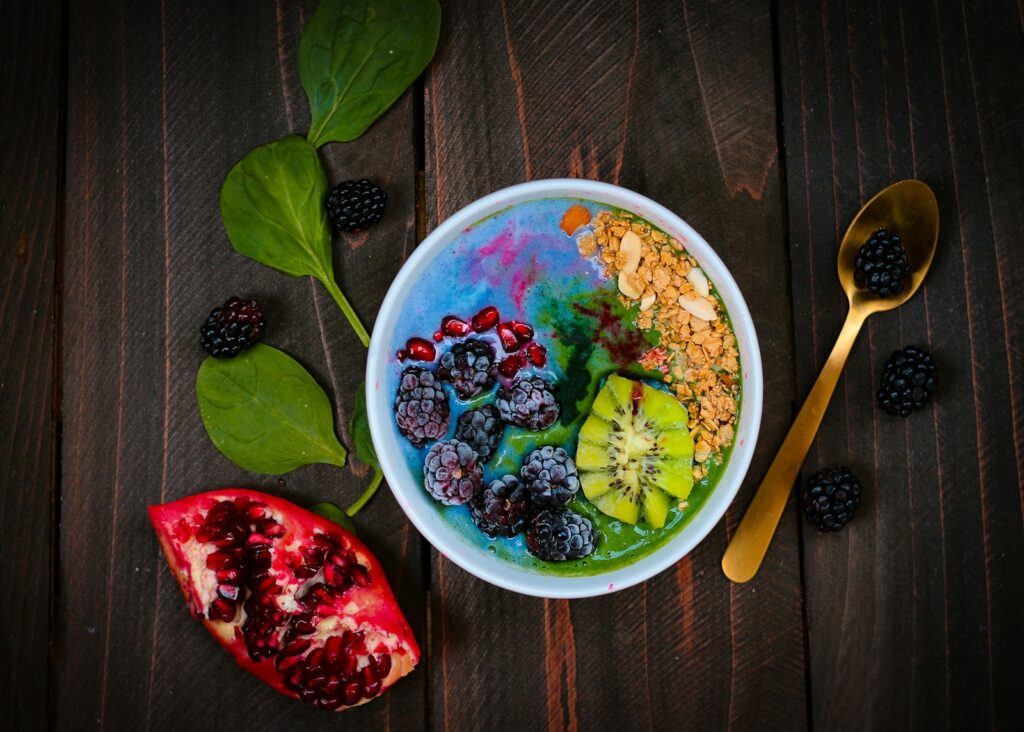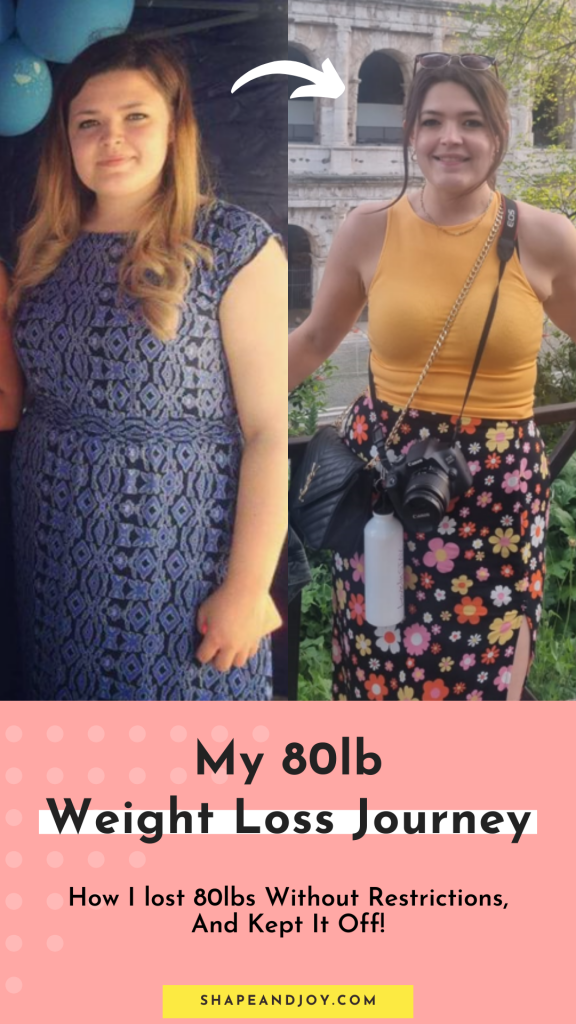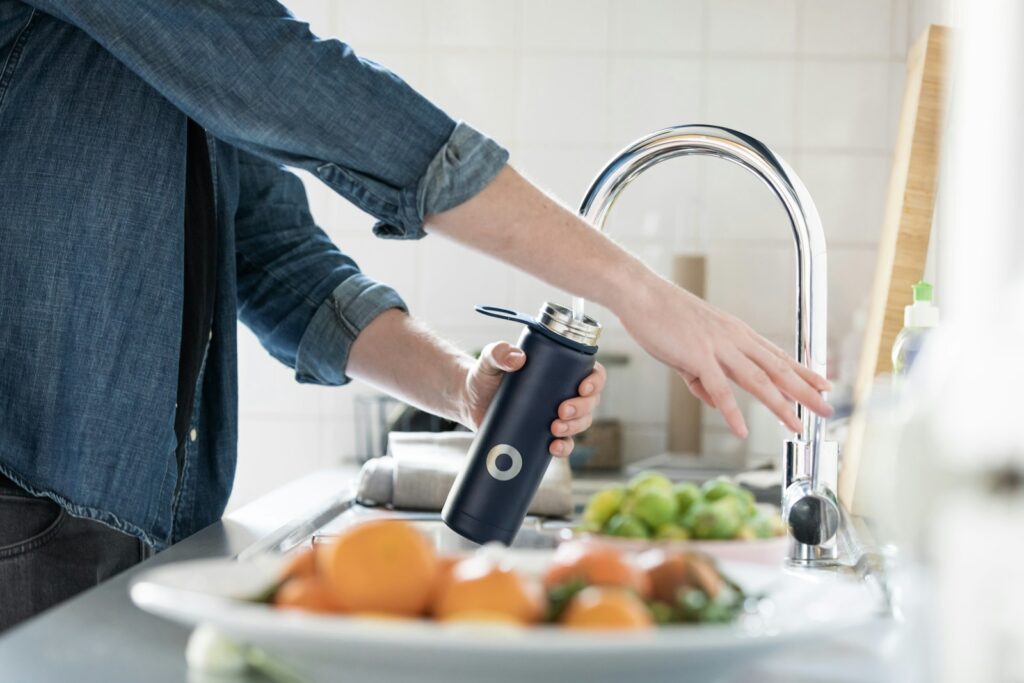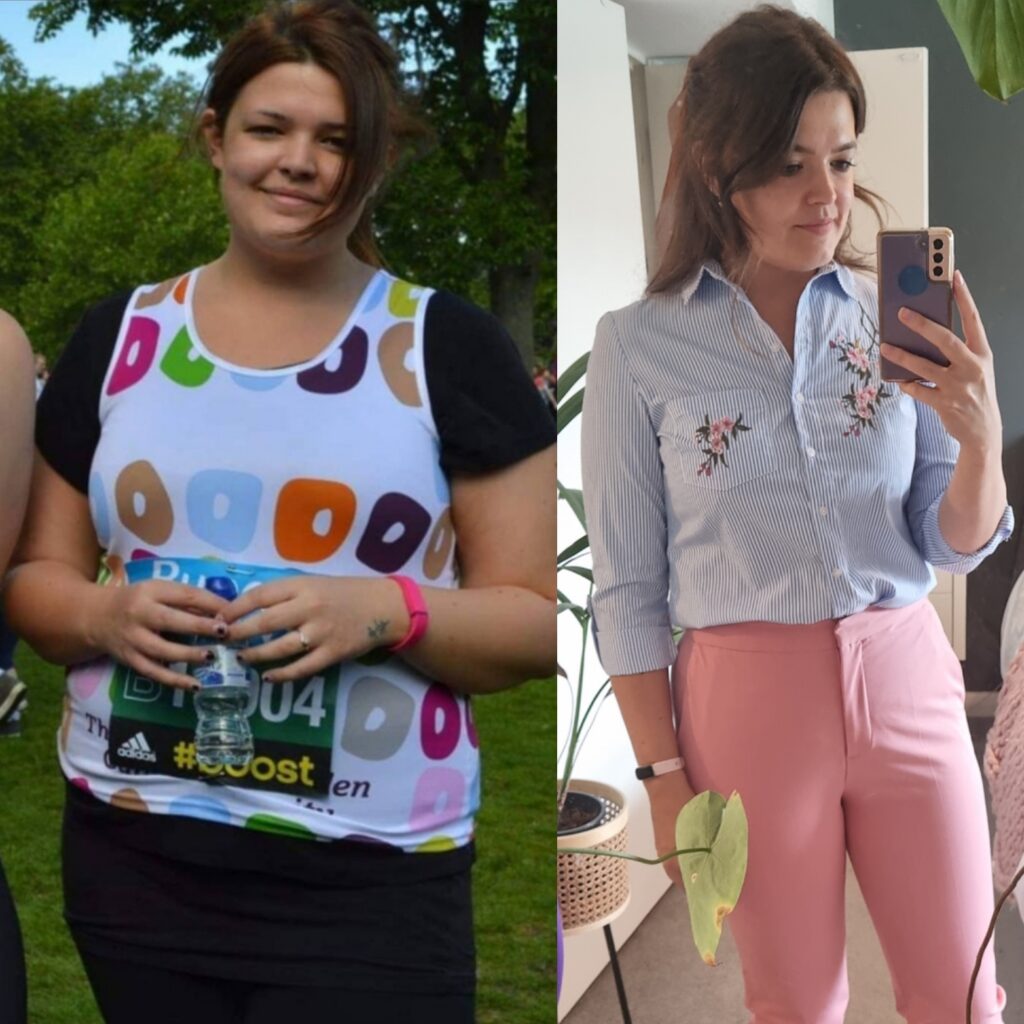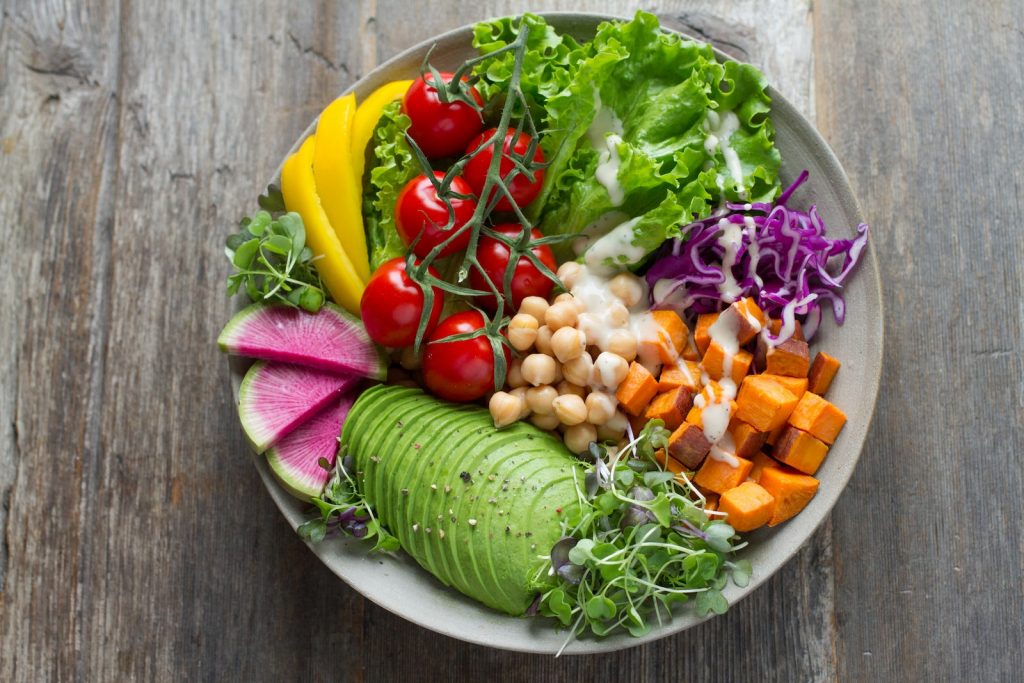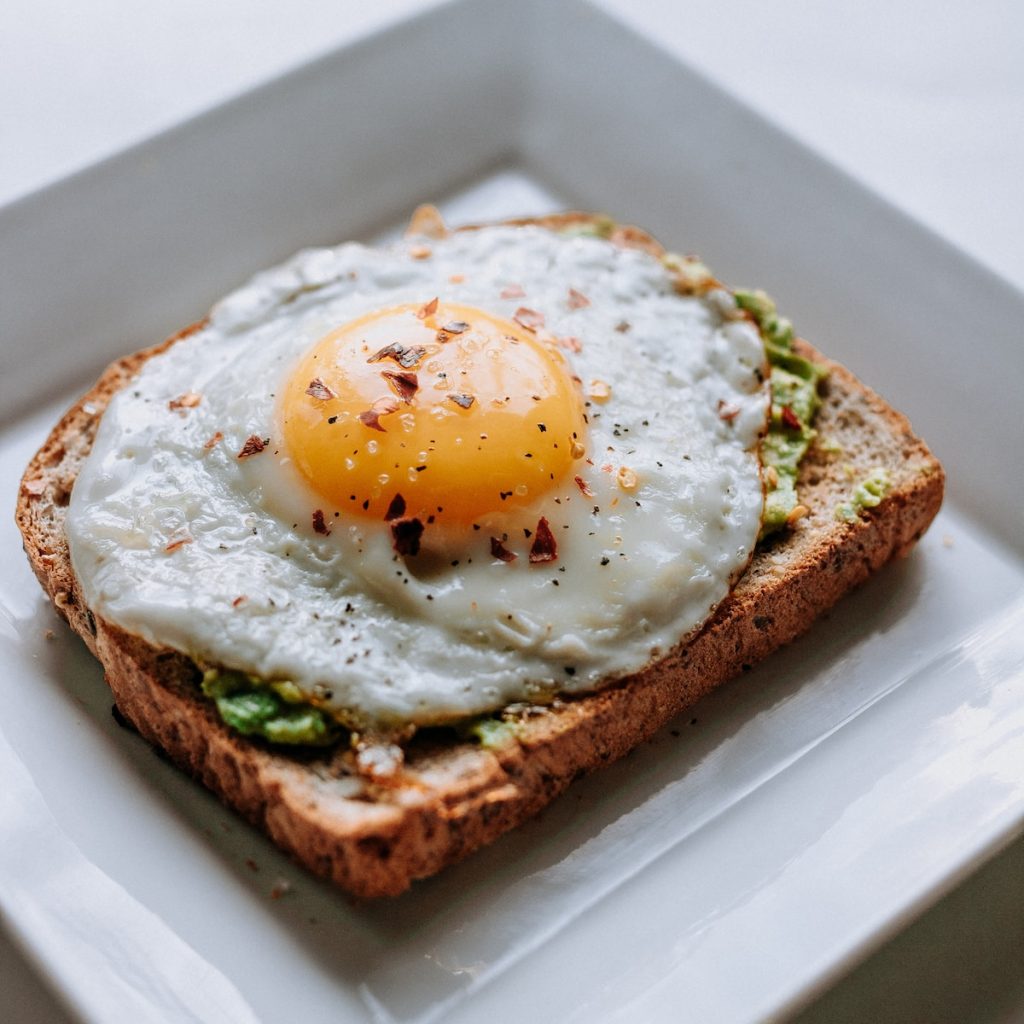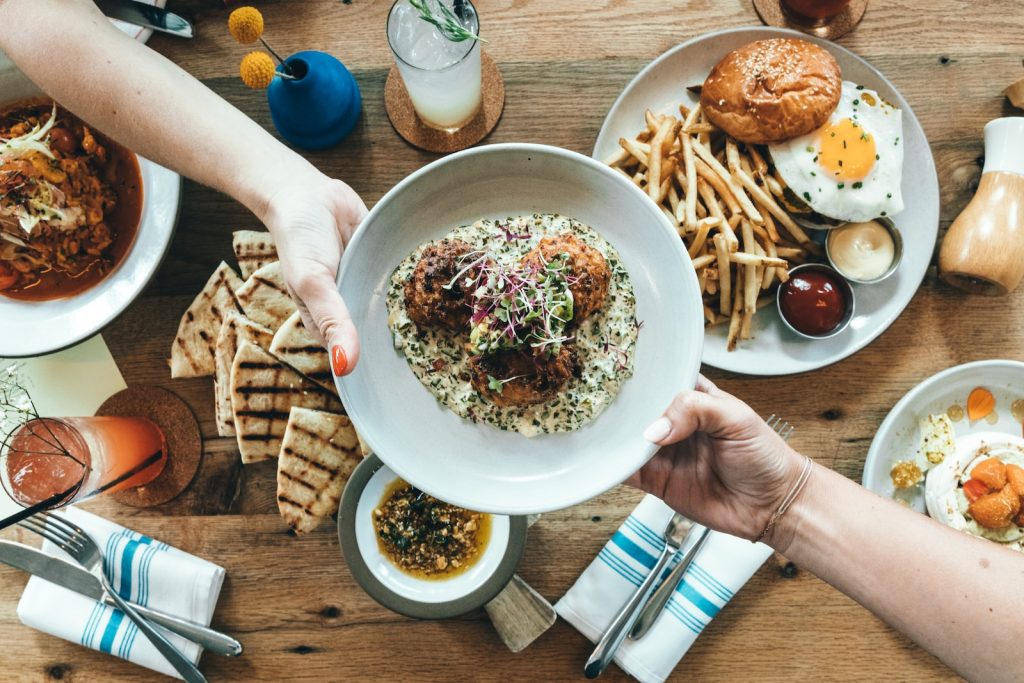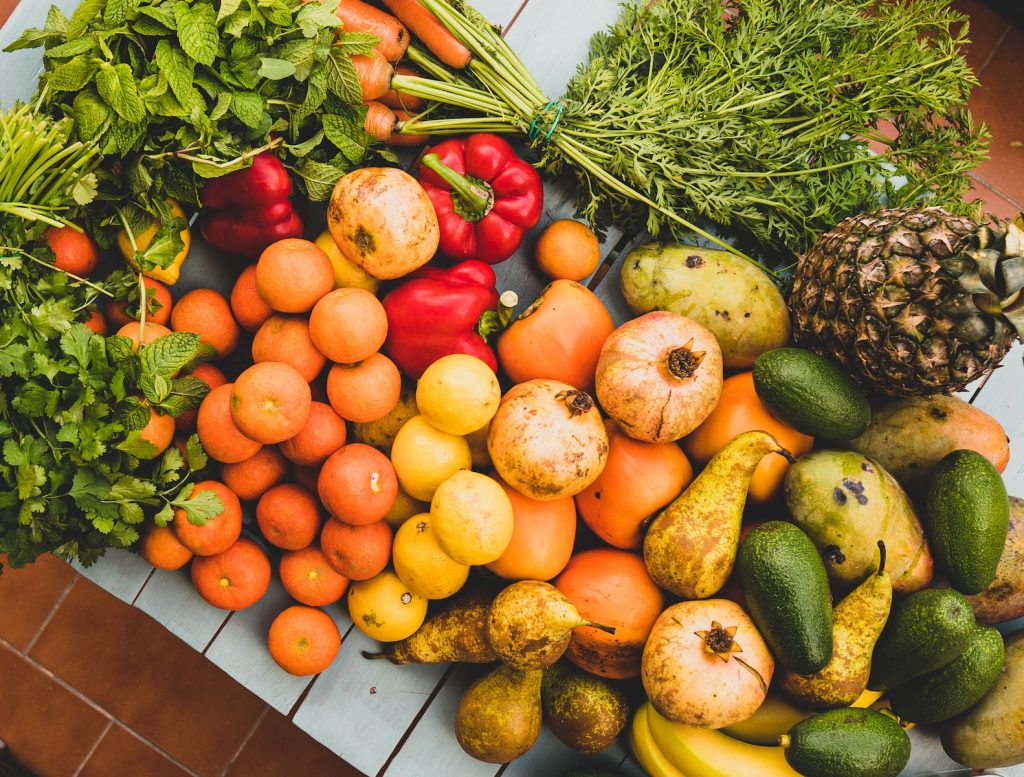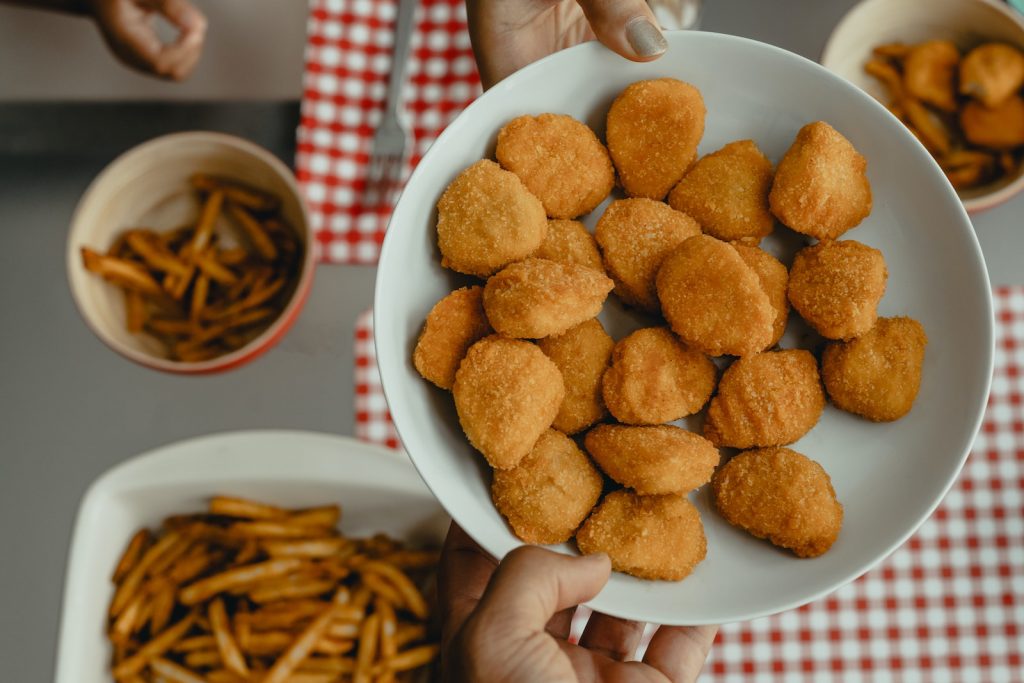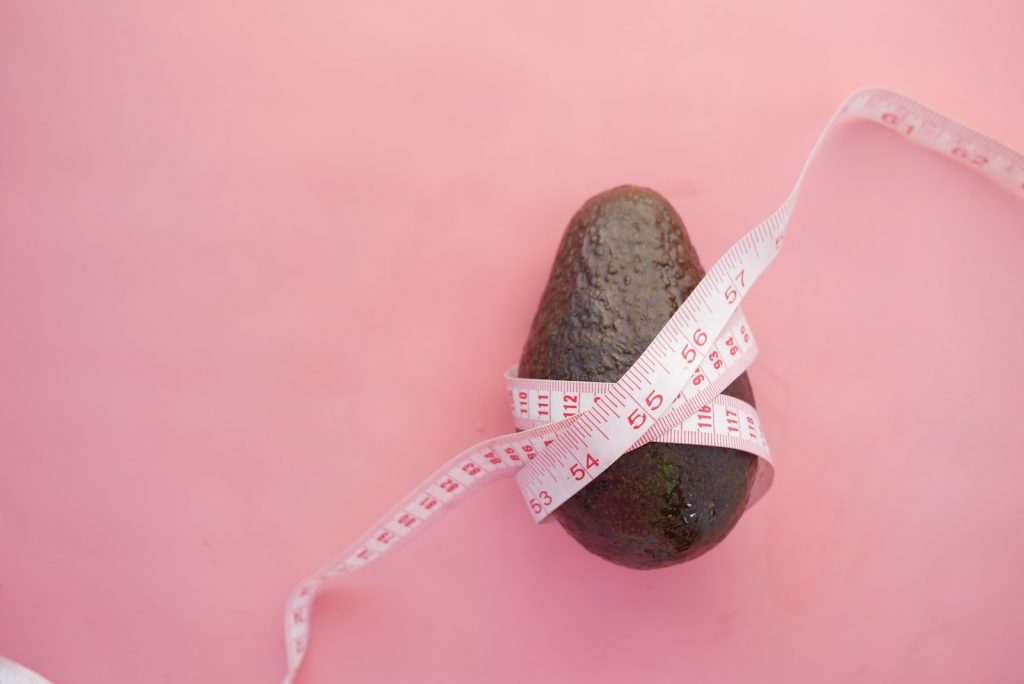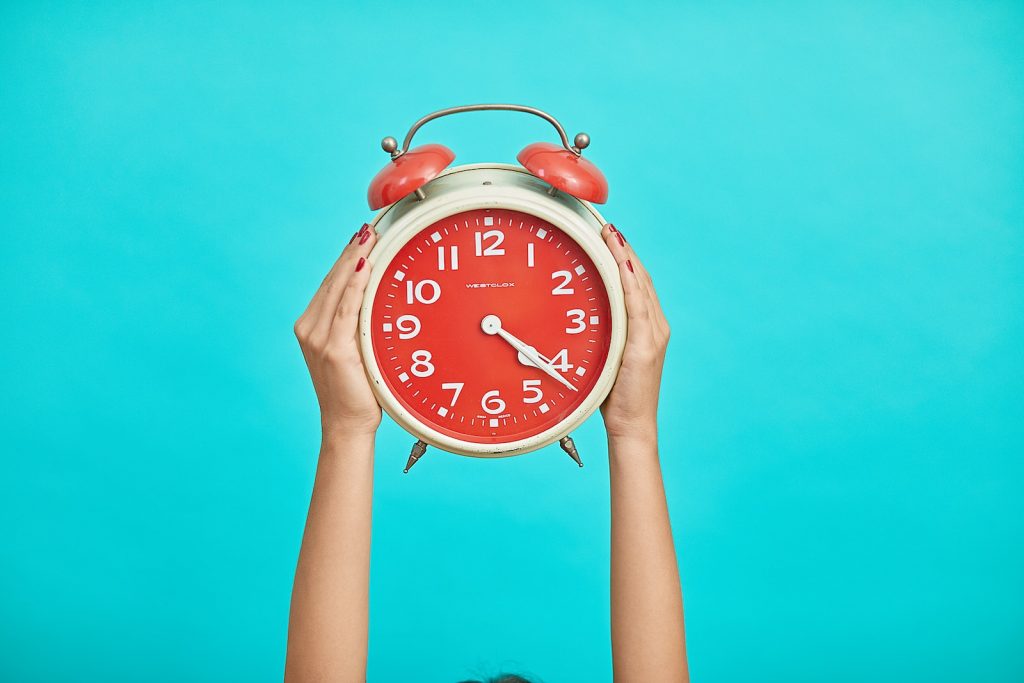Consistency Over Motivation: 5 Ways to Stay on Track
We’ve all been there—totally fired up after watching a TED talk or scrolling through an Instagram feed full of ripped fitness influencers. You’re ready to conquer the world, right? But then… the next morning rolls around, and suddenly, that fire fizzles out faster than your Yankee Candle. ????♀️Sound familiar? Yeah, we’ve all been there. That’s why we need to focus on consistency over motivation.
Motivation is great and all, but it’s like that flaky friend who shows up only when there are free drinks. One minute it’s there, and the next, it’s ghosting you. So, what’s the real hero of this story? Consistency. Yep, the unsung hero that gets you from point A to point B—even when you’re not feeling it.
But how do you stay consistent when motivation packs its bags and goes on an extended holiday? Let’s get into ‘Consistency Over Motivation: 5 Ways to Stay on Track‘ for some tried-and-true tips to keep you on track!

1. Start Small, Like REALLY Small
We’re talking baby steps, people. Don’t go from 0 to 100 in a day because, let’s be honest, that’s a one-way ticket to burnout town. Instead:
Set mini-goals: Think of something so small that you’d feel ridiculous not doing it. Want to get fit? Start with a 5-minute walk. Want to read more? Start with one page.
Celebrate tiny wins: Did you do that 5-minute walk, despite wanting to stay binging Netflix? Celebrate! Every step forward counts! Check out my post ‘Slow Progress is Still Progress: 5 Simple Ways to Embrace the Journey‘ for more ways to celebrate your progress!
Studies show that breaking down larger goals into smaller tasks can enhance progress and psychological well-being. This approach prevents burnout and keeps individuals engaged with their goals over time (Sheldon & Kasser, 1998).
2. Create a Routine (and Make it Non-Negotiable)
You know how brushing your teeth is non-negotiable? Your goals should be too. Here’s how:
Set a specific time: Make your new habit part of your daily routine. Same time, same place, every day. Whether it’s writing, exercising, or even just meditating, lock it in like your life depends on it.
Automate the process: If you can set it and forget it, do it. Set reminders, and alarms, or even enlist an accountability buddy who can give you the friendly nudge you need. Or a not-so-friendly nudge if that’s what it takes!
I’ve got ADHD, so I totally get how tricky it can be to stay on top of routines. You can read more about ADHD routines in this post: ADHD Morning Routines: Kickstart Your Day with Energy. I’ve recently started using Notion to keep track of my habits and routines—it’s an amazing tool! In fact, I’m putting together a Notion template to help you do the same. So stay tuned, because it’ll be available to my subscribers soon!
Establishing a routine that makes goal-oriented activities non-negotiable leads to better long-term adherence to those goals, especially when motivation wanes (Verner-Filion et al., 2020).
3. Plan for the “Meh” Days
We all have those days when everything feels like dragging a giant boulder uphill. When those days hit, here’s what you need to do:
Have a backup plan: Going back to routines, it can really help to have different versions of your routine based on your energy levels. Think of it as having a low-energy, likely, and ideal version of your day. For example:
- Low-Energy Morning Routine: Just the essentials—like rolling out of bed, brushing your teeth, and doing 5 minutes of meditation. Maybe you’re not feeling breakfast, so you grab a quick smoothie or snack.
- Likely Morning Routine: A bit more involved—getting up, doing a short workout or walk, making a simple breakfast, and maybe squeezing in some journaling or reading. It’s realistic for most days but doesn’t push you too hard.
- Ideal Morning Routine: When you’re feeling on top of the world—your full workout, a healthy breakfast, time to journal, meditate, and maybe even knock out a few tasks before the day really gets going.
By having these versions ready to go, you’re more likely to stay consistent, no matter how you’re feeling.
The concept of having different versions of a routine depending on energy levels is consistent with findings that flexibility and adaptability in goal-pursuit strategies are crucial for maintaining consistency, especially on low-energy days. This approach helps individuals stay on track even when they’re not at their best (Datu et al., 2018).
Give yourself grace: If you miss a day, don’t let it spiral into a week. Missed one day? No biggie. Two days? OK. But Three days? Now we’re in dangerous territory. Get back on the horse as soon as possible. Check out my post ‘Self-Discipline Importance: Willpower Inspired by David Goggins‘ if you need some help lighting the fire underneath you!

4. Track Your Progress (And Make it Fun!)
Humans love progress, and seeing it in black and white can be a massive motivator.
Use a habit tracker: Whether it’s a tool like Notion, an app or a good ol’ fashioned calendar, mark off each day you stick to your habit. Seeing those checkmarks line up? Sooo satisfying.
Reward yourself: Hit a milestone? Treat yourself to something that makes you happy. A new book, a spa day, or even just a lazy day off. You earned it!
The satisfaction derived from tracking progress and seeing tangible results has been shown to enhance motivation and adherence to long-term goals. Immediate rewards, like seeing progress in a habit tracker, can be more effective at maintaining consistency than delayed rewards (Woolley & Fishbach, 2017).
LEARN THE BEST WAY TO STAY CONSISTENT WITH EXERCISE > Enjoy Movement: How To Find Fun In Every Workout
5. Remember Your “Why”
When the going gets tough, the tough remember why they started.
Visualise your goals: Keep a vision board or a note on your phone with the reasons you started this journey in the first place. When motivation dips, your “why” will be the thing that keeps you moving forward. Sorry for constantly pitching my Notion template (It’s my current hyper-fixation), but it does include a vision board!
Check-in with yourself: Regularly ask, “Is this still important to me?” If the answer is yes, let that fuel your consistency. If the answer is no, maybe it’s time to pivot.
One study that supports the idea of “remembering your why” in achieving long-term goals is the research by Vansteenkiste et al. (2014). This study emphasises that understanding and reflecting on the underlying reasons (“why”) behind one’s goals—particularly autonomous reasons—can significantly impact the success of long-term goal pursuit.
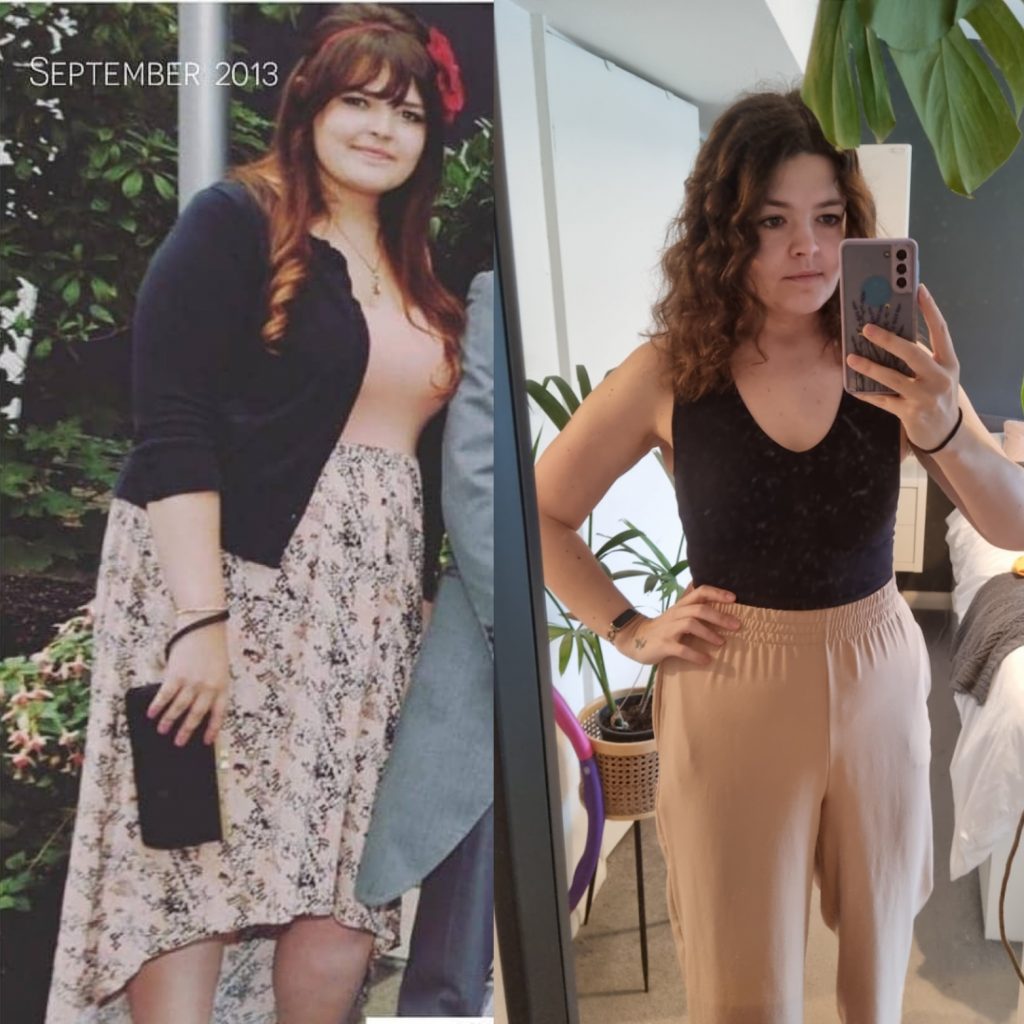
LEARN MORE ABOUT MY WEIGHT LOSS JOURNEY! > How I Lost Over 80lbs: Tips For Starting A Weight Loss Journey
Consistency Over Motivation: Final Thoughts
Motivation is like that friend in the group chat who’s all in for a weekend trip, and then flakes when the time comes to start booking! Consistency, on the other hand, is the dependable friend who’s always there when you need them. It might not be as glamorous, but it’s the secret sauce to making real, lasting changes in your life.
So, the next time you’re waiting for motivation to strike, remember this: Consistency over motivation. It’s consistency that gets the job done, one small, determined step at a time. ????
You’ve got this!
Further Reading
Consistency over Motivation: The idea that consistency is crucial for achieving long-term goals is supported by research showing that consistency in decision-making and goal pursuit is vital for long-term success. This includes maintaining consistent effort and interest over time, which is often more reliable than fluctuating motivation (Datu, Yuen, & Chen, 2018). Consistent actions, even in the absence of strong motivation, can lead to better outcomes in personal and organizational contexts (Argandoña, 2008).






